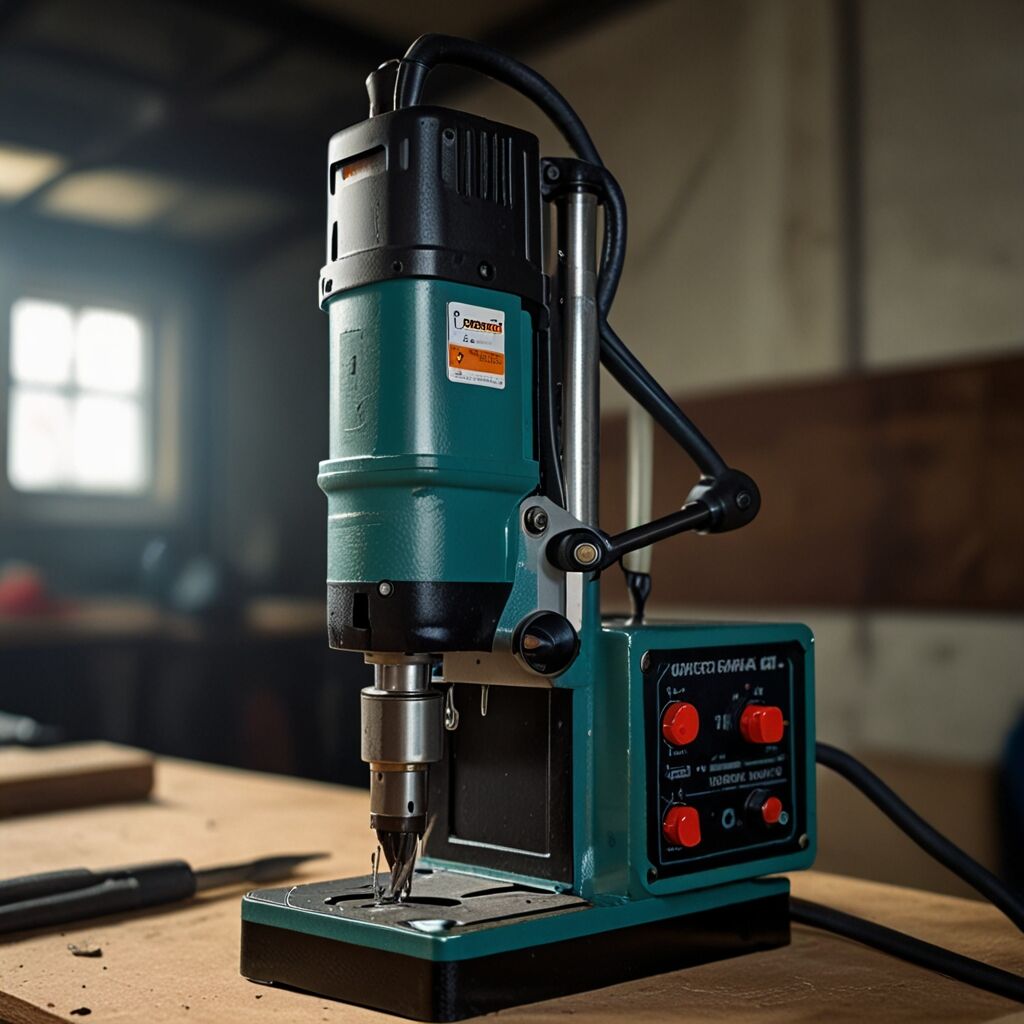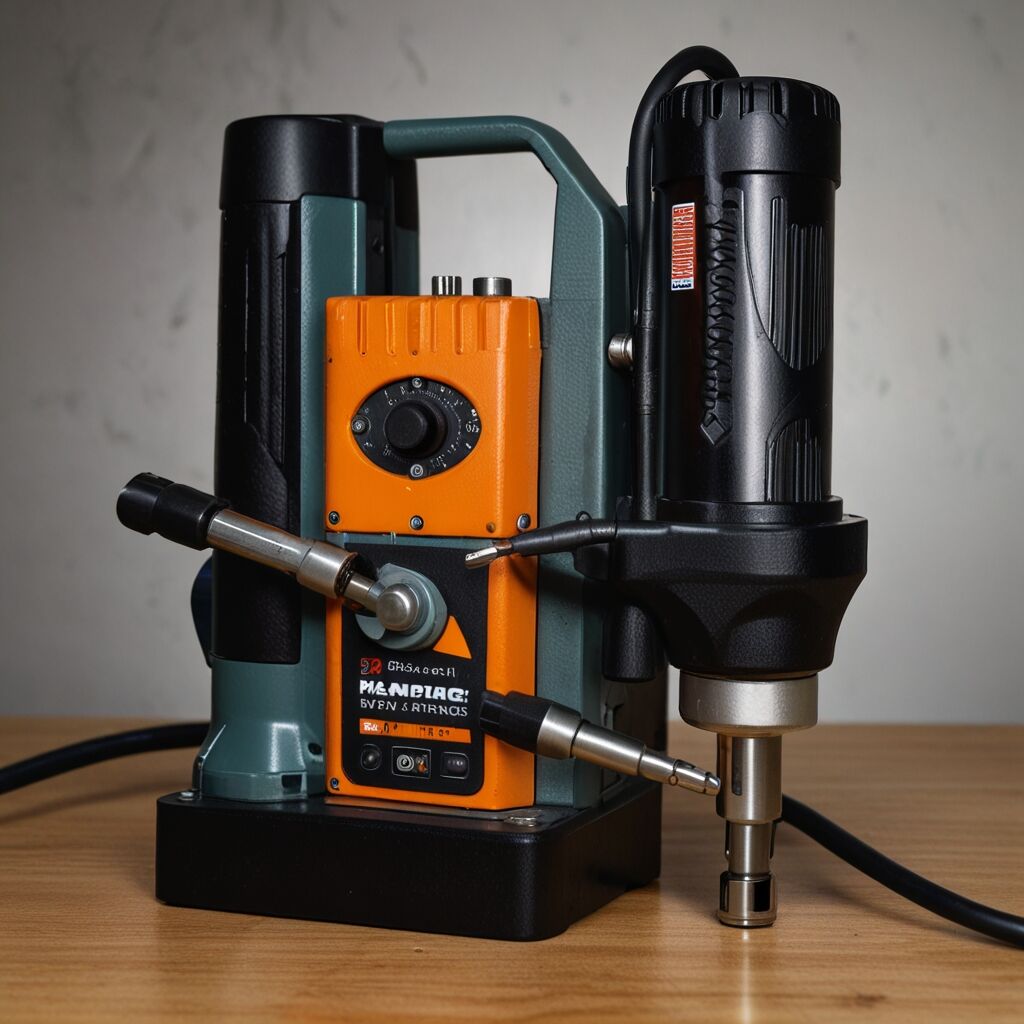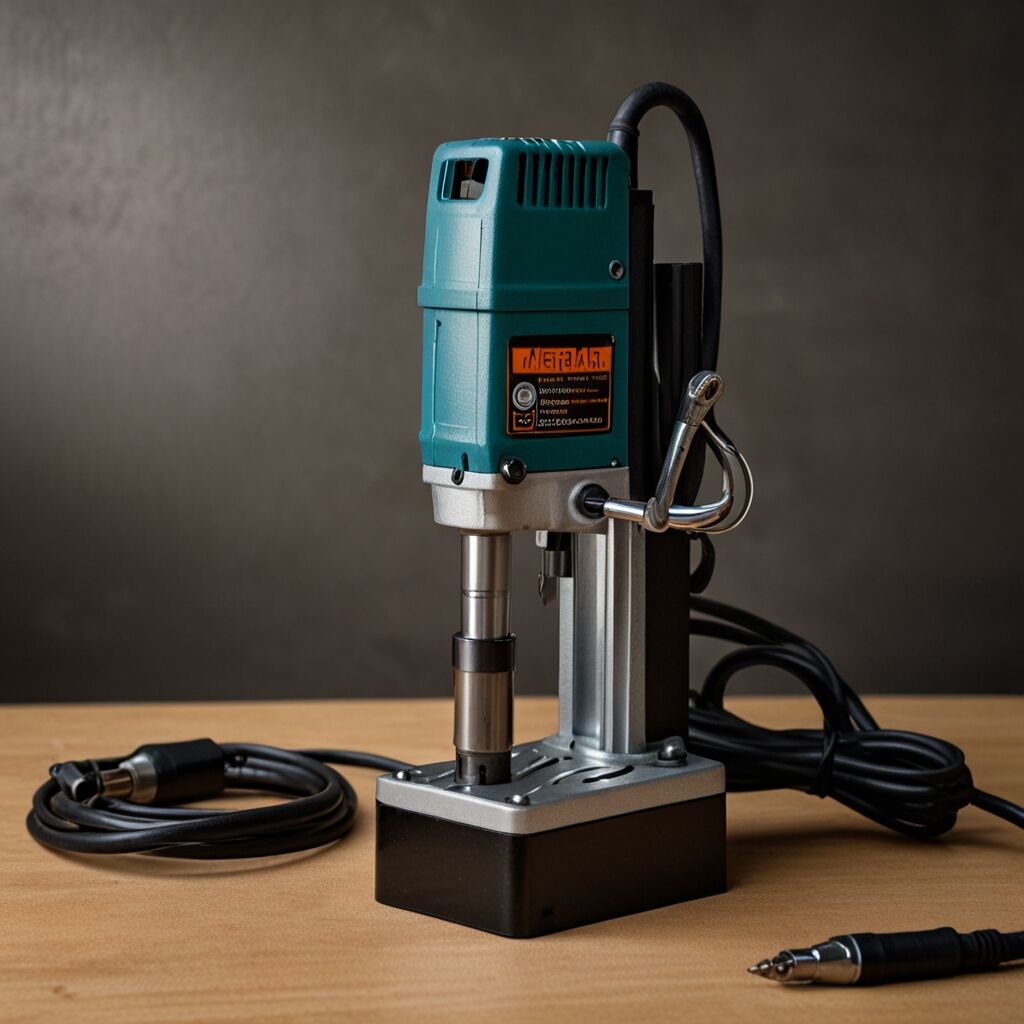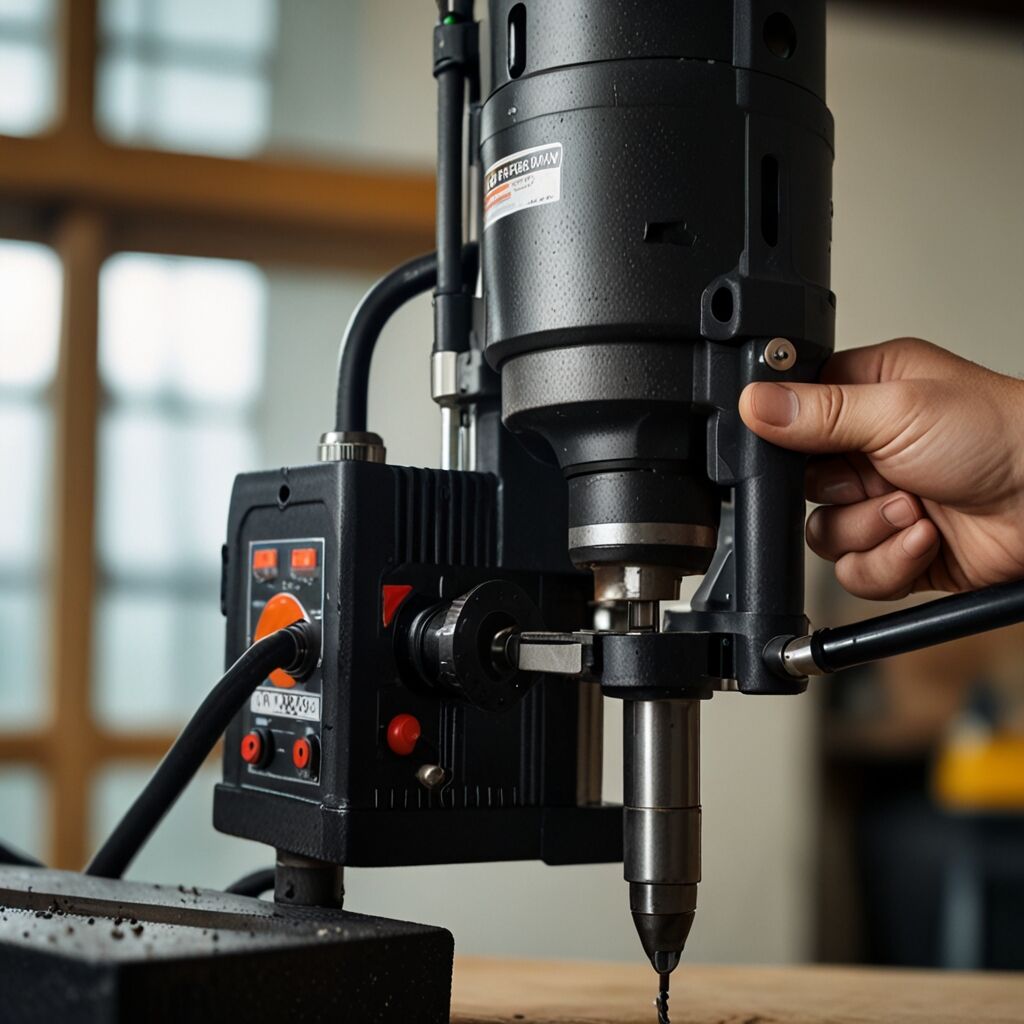Utilizing the VEVOR MDP-50 for precision drilling has never been easier for DIY enthusiasts looking to work with various materials. This powerful Magnetic Drill boasts features that allow users to perform accurate drilling effortlessly on wood, metal, and even masonry, making it an essential tool in any home improvement arsenal.

Utilizing the VEVOR MDP-50 for Accurate Drill Work Across Materials
The VEVOR Magnetic Drill MDP-50 includes a robust 1450W motor, a dual-speed gearbox, and a quick-release chuck, ensuring efficiency in drilling. This drill can handle wood, steel, aluminum, and even concrete, offering flexibility for multiple DIY projects.
When compared to other drilling machines, the VEVOR 1450W Magnetic Drill stands out due to its magnetic base, which secures it firmly to metal surfaces, ensuring safety and precision. With a weight capacity of 2 inches in boring diameter, the MDP-50 proves its reliability across diverse tasks and applications.

How does the VEVOR MDP-50 achieve precise drilling in wood?
The maximum drilling depth achievable in wood with the VEVOR Magnetic Drill MDP-50 reaches up to 2 inches, ideal for various woodworking projects. Ideal drill bits for wood drilling include high-speed steel bits, which are known for their effectiveness and quality when used with this portable electric mag drill.
The VEVOR Magnetic Drill MDP-50 provides drilling speeds of up to 600 RPM for wooden materials, allowing users to work quickly and efficiently. A power rating of 1450W assists in ensuring smooth and effective drilling into softer woods, contributing to user comfort during lengthy tasks.

Applying the VEVOR MDP-50 for Precision Work with Harder Materials
The VEVOR Magnetic Drill MDP-50 features a strong magnetic base that stabilizes the drill against metal surfaces, making it suitable for heavy-duty metal work. This drill handles drilling into concrete effectively, thanks to a high-torque motor and specifically designed masonry bits that ensure performance.
Users can drill through materials such as mild steel and aluminum using the VEVOR MDP-50, demonstrating the drill’s versatility in hard materials. When tackling harder substances, the drilling speed can reach 450 RPM, optimizing results while preventing overheating of the bits.

What techniques optimize drilling precision in masonry using this drill?
The recommended speed for drilling into masonry with the VEVOR Magnetic Drill MDP-50 is around 450 RPM for the most efficient results. This drill includes several masonry drill bits, ensuring users have the right tools for optimal performance during their home improvement tasks.
The minimum wall thickness that can be drilled into masonry with the MDP-50 is just 1/4 inch, making it a reliable option for small and precise projects. For optimal drilling in masonry, applying steady pressure and adjusting settings accordingly enhances accuracy and prevents chipping of the masonry surface.
Leveraging the VEVOR MDP-50 for Custom Drilling Applications Across Various Materials
The VEVOR Magnetic Drill MDP-50 can be used for professional custom drilling, making it suitable for contractors and DIY enthusiasts alike. Accessories like extension arms and specialty drill bits enhance the versatility of this portable drilling machine, enabling users to expand their capabilities.
Adjusting the settings on the MDP-50 affects precision; users can choose speed and torque based on material type to achieve the best drilling results. Safety features like a thermal overload protector and safety switch ensure users maintain their well-being while tackling various materials, solidifying the VEVOR MDP-50’s appeal.
How can users adapt the drilling process for different surfaces?
The maximum weight that the VEVOR Magnetic Drill MDP-50 can handle reaches up to 2000 lbs, primarily due to its sturdy magnetic base design, ensuring stability during use. This portable electric mag drill can be adjusted for numerous surfaces, including wood, metal, and concrete, offering adaptability for users.
The average lifespan of the drill bits varies based on materials used, but they generally last through several projects if properly maintained. Changing settings for dense materials may require reducing speed and increasing pressure to achieve effective drilling compared to softer surfaces, leading to better results overall.
